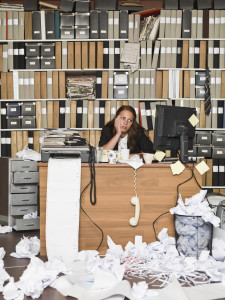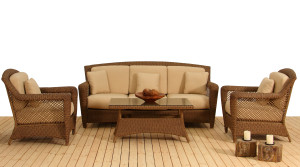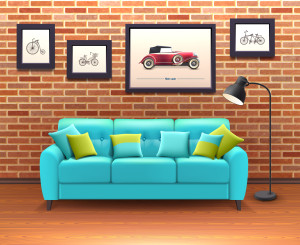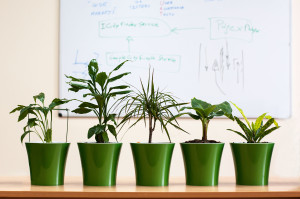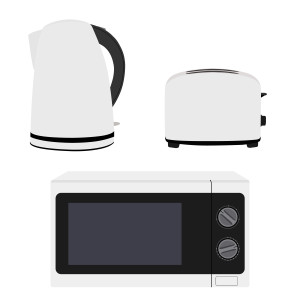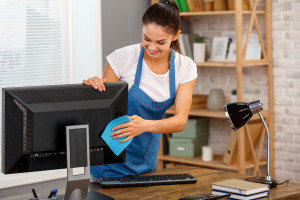 Comfort and coziness of an office does not begin with modern furniture and decor elements. A positive first impression, feeling of well-being and good mood are created by air freshness and delicate aroma.
Comfort and coziness of an office does not begin with modern furniture and decor elements. A positive first impression, feeling of well-being and good mood are created by air freshness and delicate aroma.
You can ensure the freshness in the room by wet cleaning and open windows, but this is in case your office is not located in the city center, where the air is full of carbon monoxide. When the weather outside is oppressively hot, frosty or just bad, artificial air fresheners come to help. But, unfortunately, most of them have a synthetic basis, which does not have a beneficial effect on our health, and their use in the premise with small children in it is completely undesirable.
It is possible to replace industrial fresheners for the premises with natural air fresheners, which you can do with your own hands. This article presents various ways that will help you to give the office a pleasant aroma and freshness without any risk to health.
“Citrus” freshener
Take the peels of citrus fruits (orange, lemon, tangerine, etc.) and cover them with alcohol. Let the peels sit in alcohol for some time and then dilute with a little water and use a spray gun to spray the resulting liquid around the room. This freshener will remove an unpleasant smell, moisten the air, and essential oils of citrus fruits will give you energy and a good mood.
“On-the-spot” freshener
If your office is lucky to have a kitchen part in it, there is one more method which can be helpful for an urgent and quick elimination of unpleasant smell. Use coffee beans, cinnamon sticks and dry peels of orange or lemon. Put them on a hot (but not burning!) stove burner. Under the influence of heat, they will give off a pleasant aroma and absorb foreign odors.
“Aroma of petals”
Use the fallen petals of fragrant flowers, for example, roses, peony, lilac, jasmine and others, to create a flower air freshener. For this method, you will need an ordinary salt of medium-fine grinding, petals and 50 g of alcohol. Into a dry jar with a volume of approximately 0.5 liters, put the petals of flowers and salt. Fill the jar with alcohol up to about 2 fingers below the neck and tightly close the lid. Then you need to put the jar in a dark place for two weeks, periodically shaking it.
In two weeks, the home-made freshener will be ready. For an aesthetic look, place it in a beautiful vase or a glass and enjoy the aroma. To give some spicy notes, add a few twigs of smelling herbs, such as basil or mint.
“Gelatin” freshener
This freshener can become a part of the office decor, giving it a pleasant aroma. You will need 30 g of gelatin and 10-15 drops of essential oil to your taste. Dissolve gelatin in 1 glass of water and add oil. To avoid rapid drying, add 1 tsp. of glycerol. Adding food coloring or flower petals to gelatin, you will get a fragrant stylish decoration of the room.
Fragrant wooden cubes
Wooden blocks, impregnated with essential oil, will become the original decoration of the room. Take your favorite essential oil, pour it into a small container and apply it to the cubes with a brush. Next, place the cubes in a closed container and leave overnight. In the morning you can use them.
Aroma sticks
Pour essential oil into a jar and add some baby oil. Give the resulting mixture a day to sit in a dark place. Then put the bamboo sticks into it, turn them upside-down in an hour and enjoy the aroma.
